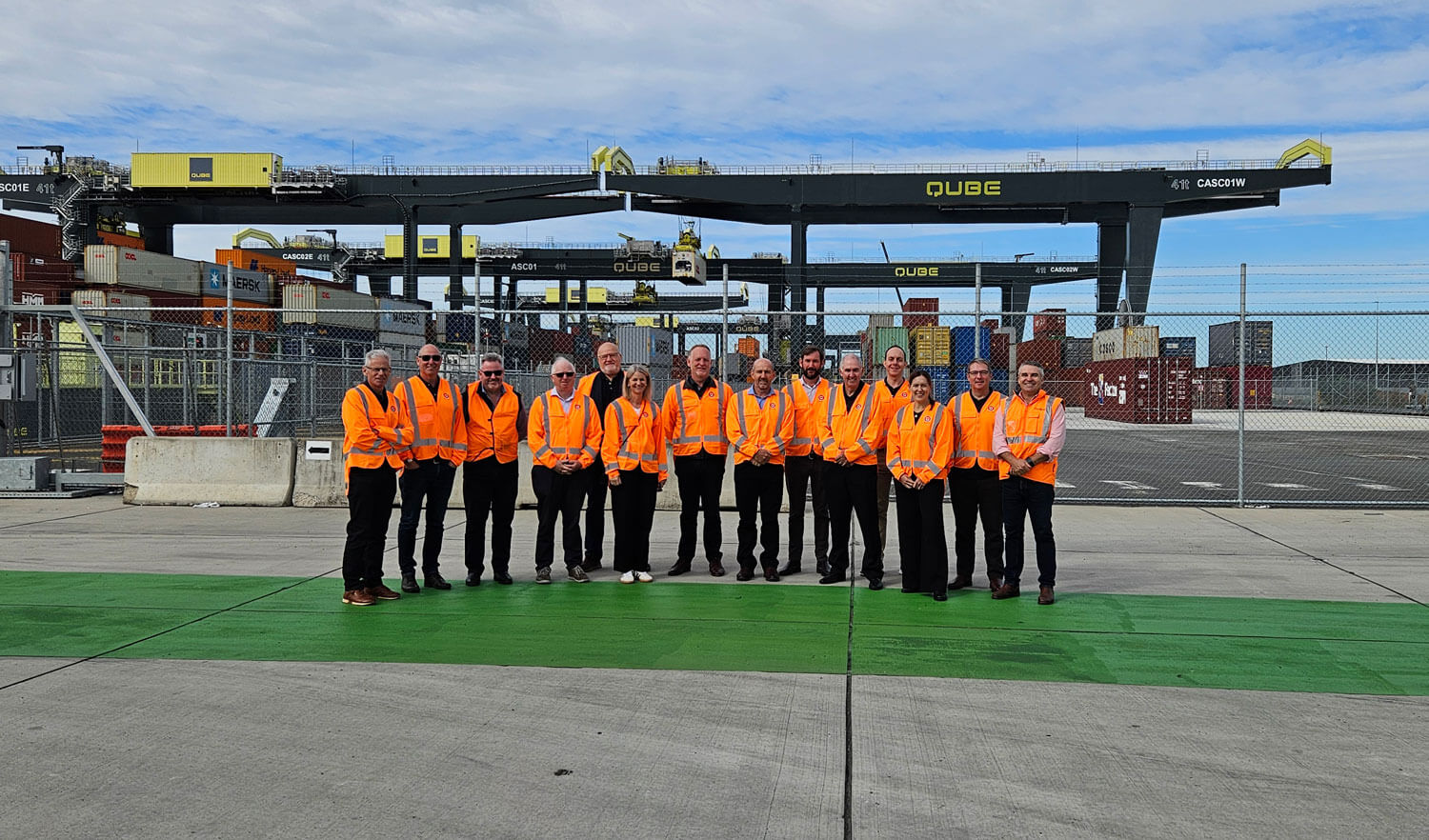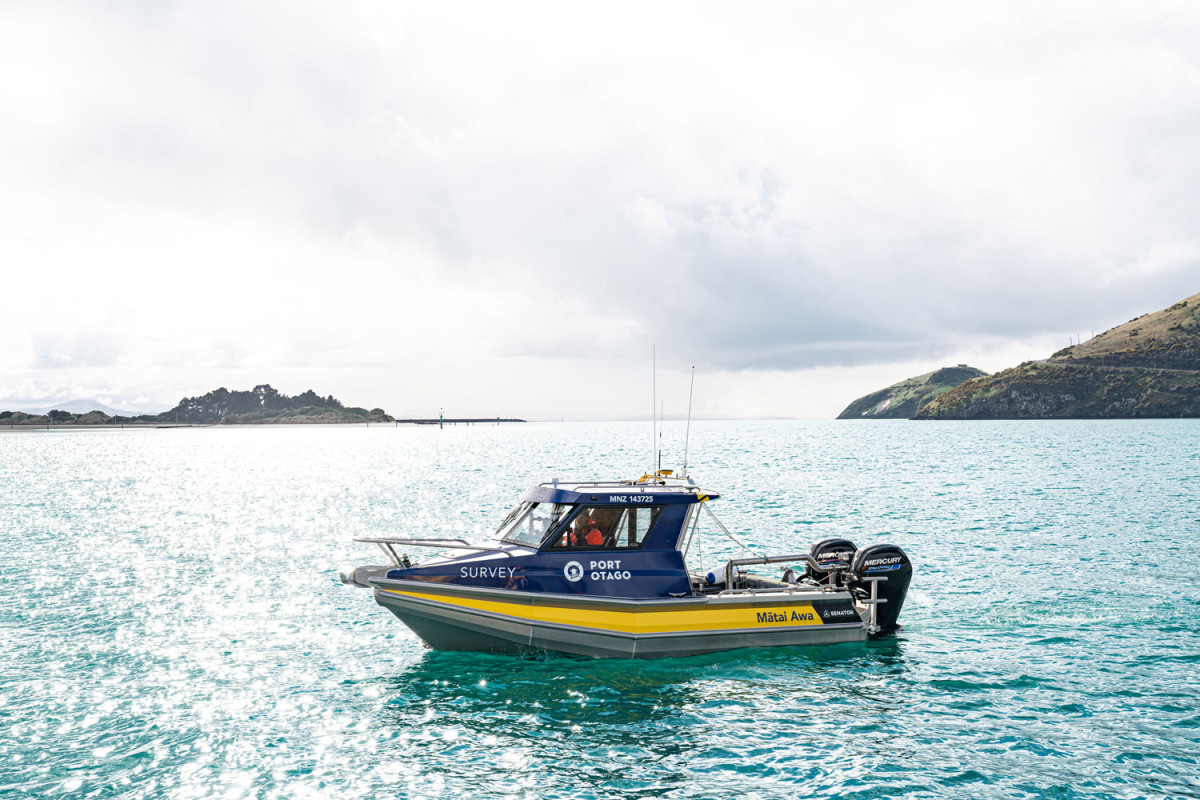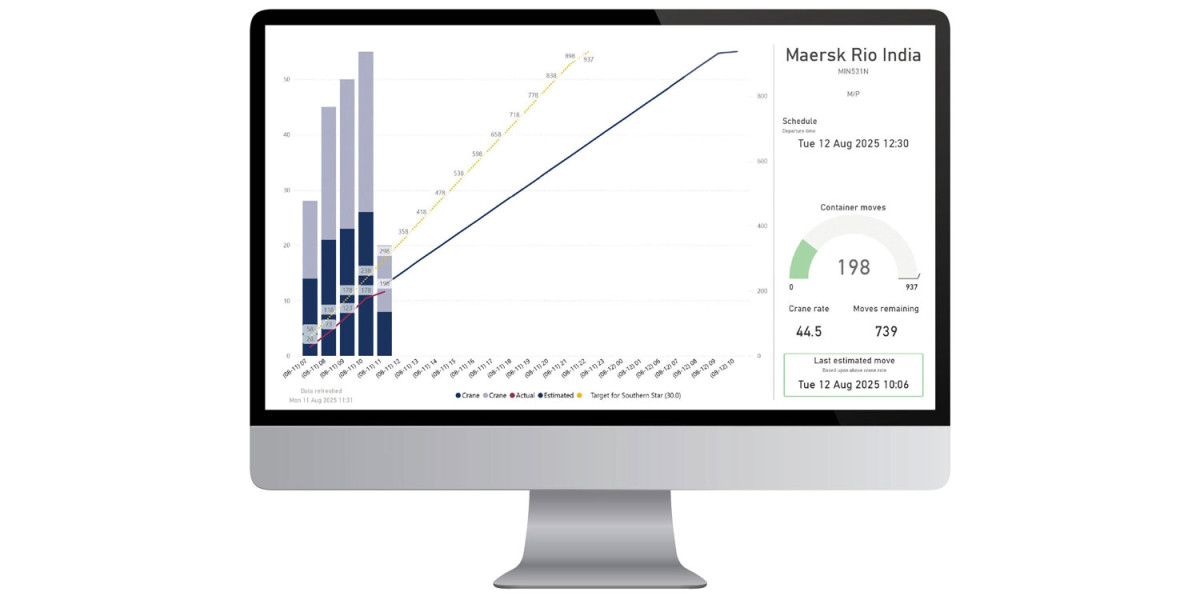Intelligence gathering in Sydney

Over the next two years, Port Otago has a once-in-a-lifetime opportunity to change its container terminal operating mode.
Investigating options for container terminal operating modes has significant interplay with the port’s decarbonisation roadmap [see separate story] and future electrification of container-handling equipment. Operating modes directly affect terminal productivity and efficiency and can also significantly improve health and safety.
Chief Executive Kevin Winders: “We have near-end-of-life mobile plant and terminal infrastructure – including our two ship-to-shore cranes – so it’s timely to review our long-term container terminal planning. The big question and opportunity is ‘do we change our mode of operating?’"
There are essentially three container automation modes: Full, partial and manual. Our Port Chalmers Container Terminal operates manually.
In April 2025, the Board and some of the Leadership Team went on a fact-finding mission to Sydney. They visited four ports, each operating a different mode of container automation:
- QUBE Intermodal Moorebank – large inland port with a fully-automated rail interchange and some electric cargo handling equipment
- Patrick Terminals – large terminal with a fully-automated straddle carrier operation and gantry crane enabled rail interchange
- Hutchison Ports – larger terminal with unique low-height ship-to-shore crane solution, manual straddle carriers and automated stacking cranes (ASCs) for the container blocks
- DP World – large terminal with manual operations by mobile gantry cranes and terminal tractor/trailers.
Kevin: “We saw some of the best container terminal equipment available in the world, as well as emerging technologies. It gave us a good handle on the pros and cons of the various modes.”
What next?
Strategic Projects Manager Kevin Kearney is working with international logistics consultant Portwise to review future container terminal operating options and a recommendation is expected by December 2025.

